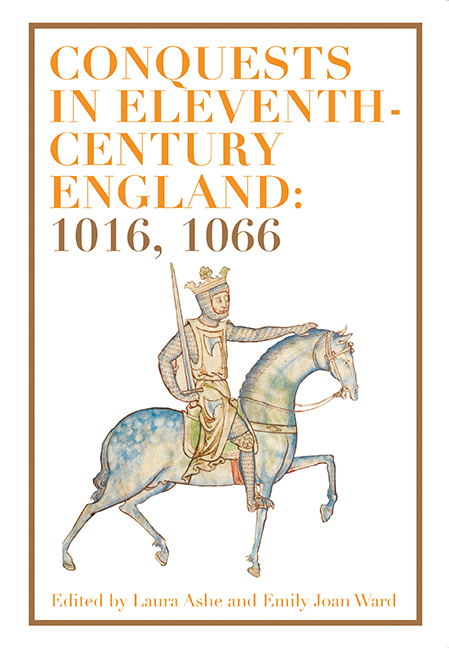10 - Conquest and Material Culture
Published online by Cambridge University Press: 26 April 2020
Summary
In many respects the art of pre-modern England has always been an art of conquest. Waves of conquerors, settlers and invaders; foreign languages, customs and styles made a home on the island from the coming of the Britons to that of the Normans, and indeed beyond. Each successive conquest created something new, but also incorporated and built on that which had come before. The art of the Romans incorporated British styles and British sites in the creation of a uniquely Romano-British art, as can still be seen in the sculpture and architecture that survives in the frontier area of Hadrian's Wall. The Anglo-Saxons in turn incorporated both British and Roman styles, sites and objects into their new art. This combination of reuse and reworking could go on for centuries, as it did, for example, on the Nunburnholme Cross, which began its art-historical life as part of a Romano-British building before being transformed into an Anglo-Saxon cross shaft in the late ninth or tenth century. It was then re-carved by an Anglo-Scandinavian sculptor later in the tenth century, and finally added to by an Anglo-Norman sculptor working some time shortly after the Norman Conquest. Reuse and reworking with the addition of some new styles or motifs was also a feature of the art associated with the conquests of 1016 and 1066. The art and cultural practices of the conquered were incorporated or appropriated into the art of the conquerors alongside imported styles and images, resulting in new hybrid styles that changed the art of both cultures. Yet the art associated with 1016 and 1066 differed from that of previous conquests in that it was explicitly concerned with creating a narrative record of its own history and new self-identity. This, in turn, created an ambivalence in the art of both conquests. Much of this art presents images and narratives of known historical events in ways that allow for multiple, sometimes contradictory, readings. Subtle details, such as the presence of a sword or the re-clothing of a figure in contemporary dress could help to shift the meaning in one direction or another, but criticism of the conquerors is rarely overt.
- Type
- Chapter
- Information
- Conquests in Eleventh-Century England: 1016, 1066 , pp. 183 - 205Publisher: Boydell & BrewerPrint publication year: 2020



